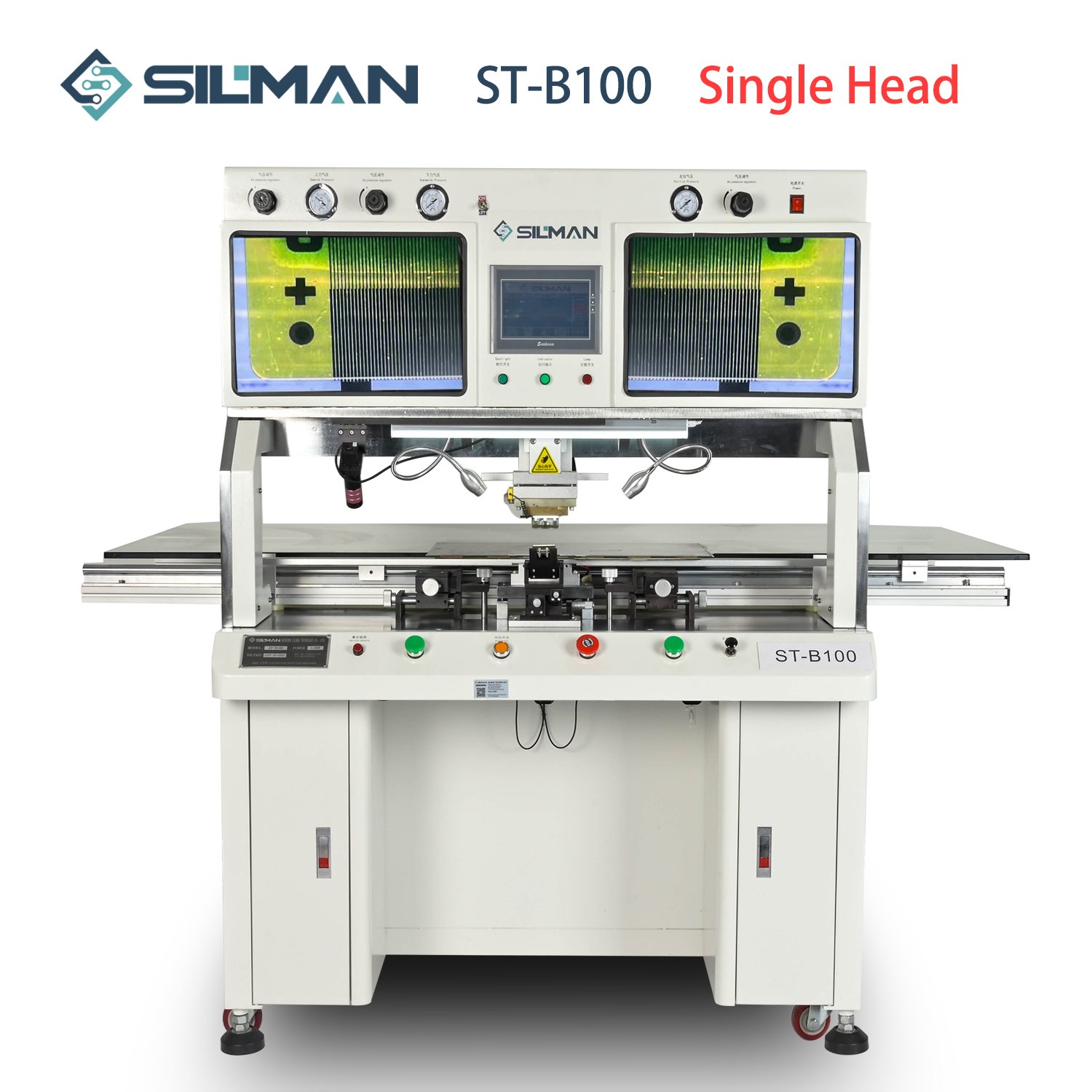There are several heating methods for BGA rework stations available in the market:
- BGA preheating station with upper and lower zones using hot air circulation for temperature control.
- Heating with upper hot air circulation and lower infrared radiation assistance.
- Heating with upper and lower hot air microcirculation, supplemented by large-area infrared radiation in the middle, forming three temperature zones.
Next, let me briefly introduce the characteristics of these three heating methods:
- The first method utilizes hot air microcirculation for temperature control in both upper and lower zones. Its advantages include fast heating and cooling, precise temperature control compared to infrared radiation heating, and no special requirements for the color of the PCB substrate. However, its disadvantages include large temperature differences within the temperature profile, weak penetration, and poor temperature maintenance functionality.
- The second method combines the advantages of fast heating with hot air and continuous temperature supply with infrared radiation. After preheating with infrared radiation to a certain temperature, hot air is used to accelerate the rework process.
- The third method combines the advantages of the previous two methods and is more user-friendly. It can accelerate the heating and cooling process, maintain temperature supply, and improve rework yield and efficiency by 95% compared to the first two methods.
That concludes the introduction to the heating methods for BGA rework stations. I believe you now have a good understanding of these methods. For further information, feel free to consult the customer service representatives at Silman Tech website.
